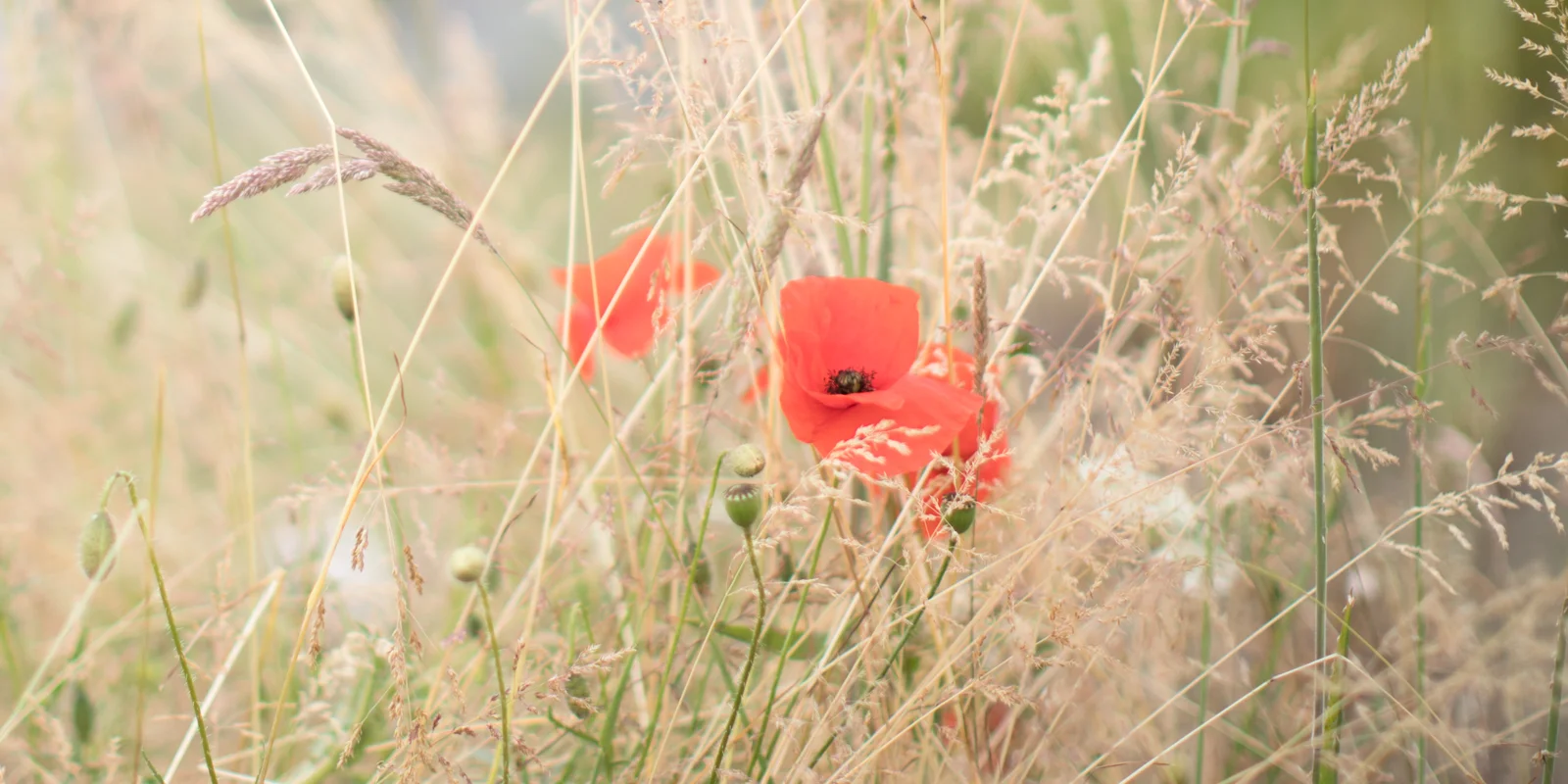CREATIVITY AND PHOTOGRAPHY
There are many ways to uncover your creativity and encourage it to flourish. These posts have plenty of ideas. If you prefer a more organised approach you might like Emma’s do-at-home Creativity for Photographers course. It’s available in workbook format on your local Amazon store.
top seeing your images through other people’s eyes and start trusting yourself. Try the six ideas in this post.
Creative photography is sometimes just a case of trying something new or applying a particular technique to a new situation. Here are seven ideas to get started.
Whether you are staying at home for pandemic lockdown reasons or find yourself unable to get out for health, caring or other reasons, don’t feel you are limited creatively just because you are in one familiar place.
There aren’t any quick fixes to boring photos mostly because photos are boring for many different reasons. Pick one or two from this list to work on.
You might think you are not creative because you can’t draw or you can’t sing. Not true. Everyone is creative.
This is for you if you’ve lost your photo mojo, worry about whether you’re doing it right, are stuck on a photography plateau or have simply run out of ideas.
When were you last confidently creative? What is creativity? Where does skill come into it?
It is critical that you learn to override the brain when it comes to the edge of the frame. You need to consciously, deliberately direct your attention to what's going on at the periphery of your image.
No one remembers how sharp an image was. They remember how it made them feel. Stop pining for more expensive gear and start taking epic shots with whatever you have right now.
#Make30Photos is a 30 day photo challenge with a twist; you don’t have to finish it in 30 days. Take as long as you like. The only requirement is to think about your photo before you take it — make it, don’t take it.
What happens to us when we are at one with our camera? Why does it sometimes feel like it has got in the way of our creativity?
Once you step off the beginner plateau, photography workshop leaders and career coaches often advise you that you need to find your style before you can make meaningful progress with your camera. In this post I’d like to make the case for not actually needing to find your style.
When you've reached a plateau in your photography, when you can't seem to move your images from OK to epic, it's time to start paying more attention to the light.
Using colour effectively in photography is one of the pillars of good composition. As with everything creative it is part theory and part personal preference.
Pep Ventosa is the photographer who has made popular the technique of walking all around a subject taking photographs, and then combining all the shots in a multi-layered final image. He uses hundreds of shots to create his masterpieces, but you can get started using only 3 or 4 layers.
If you’re going to leave whatever photography plateau you are currently living on, you will have to step out of your comfort zone and into the unknown. Once you’ve left, you can expect to be more creative, more confident, more adaptable and more interesting. You’ll have new stories to tell, a billion new ideas for photos to take, and you really will stop caring what people think (mainly because you’ll realise no one is paying any attention anyway)
Mindful photography is: the process of directing your attention first to your thoughts, and then to your environment.
Mindfulness has an undeserved reputation for being a passive activity, where you clear your mind and allow things to happen to you. Nothing could be further from the truth. The aim is not to empty your mind of thoughts (it’s not possible); the aim is to be actively aware of your thoughts, and by extension, your surroundings. And once you are properly aware of your surroundings, you can start to interpret them with your camera.
Mindful photography (sometimes called contemplative photography, or slow photography) is the opposite of mainstream competitive photography. There's no aggression, no oneupmanship, no discussion about kit, no condescension, and most of all, no rush.
With black and white photography you have no colour to hide behind. Your composition becomes critical. If you don't have a strong backbone to your image, it will be lacklustre.

























